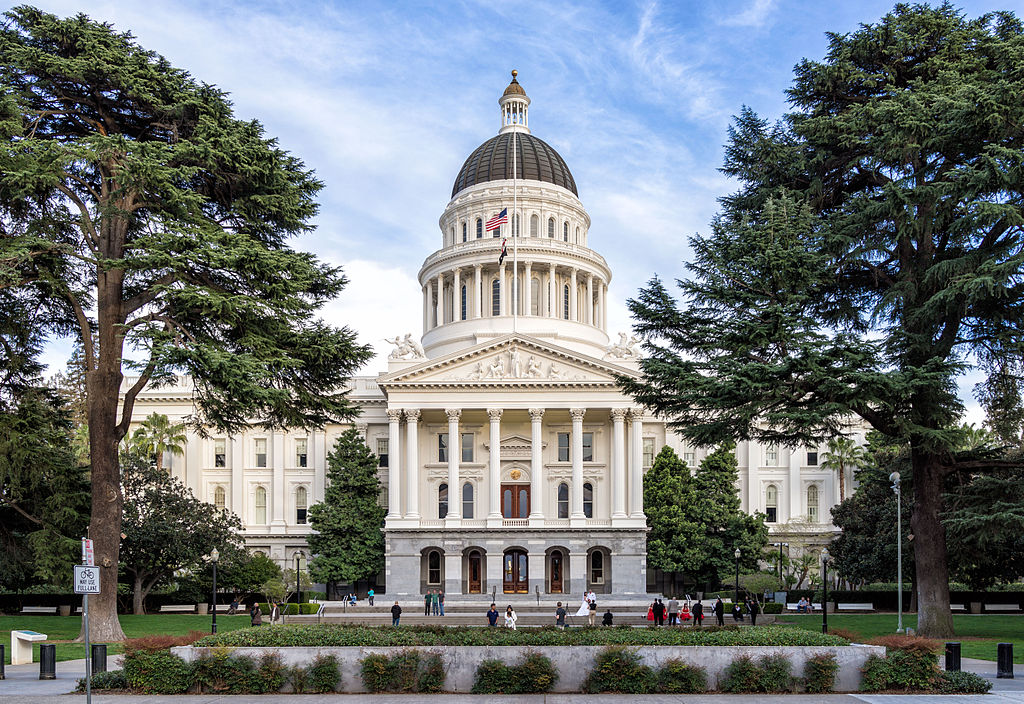
March 4, 2025
We are armoring up for a fight and waiting to find out over what.
As always, thanks to Marty Omoto of CDCAN for amplifying the transparency and circularity of information between the community and policy-makers. If you would like to receive CDCAN’s extensive reporting, write to Marty. CDCAN’s work is entirely funded by the donations of those of us who benefit. Write to me or to Marty if you’d like to kick in. In the photo is Alex Omoto, Marty’s son and my friend, at the Master Plan kickoff meeting, giving events their due.
-Submitted by Doug
